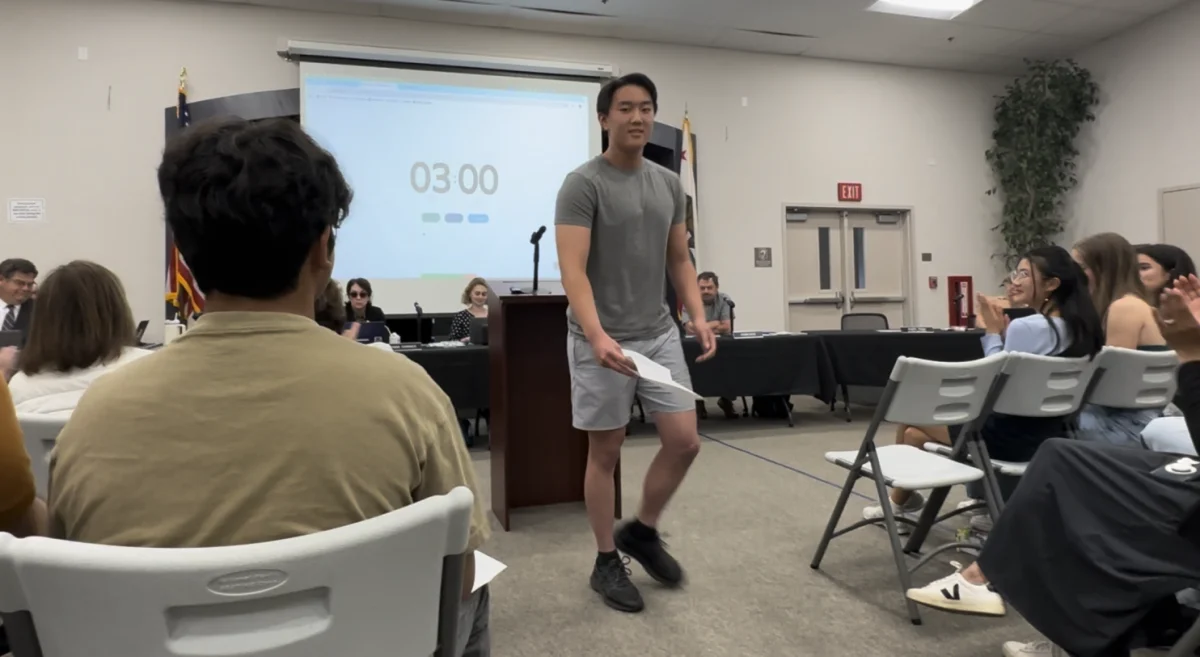Hallo. привет. Hallå. Ciao. Hola. Salve. Bonjour.
German, Chinese, Russian, Swedish, Italian, Hebrew, Korean, Japanese, Spanish, French—there are over 6,000 languages spoken throughout the world, more than 300 of which are spoken in the United States alone. With such staggeringly high numbers, how is it that, in addition to the unspoken language, latin, our school only offers three of these languages?
Although the addition of Mandarin this year was a step in diversifying the school’s palette of languages, the school should consider more languages options than are currently on the curriculum. Despite the challenges that offering more languages poses, adding more languages should be a future goal for the school.
The Partnership for 21st Century Skills, a national organization that advocates for future readiness for every student, argues that the U.S. must do a better job of teaching students key world languages to help them succeed in the 21st century. As the world continues to globalize and the international economy evolves, it has become more necessary than ever to be able to communicate with other countries, especially those that are most influential in international affairs.
In fact, the U.S. State Department’s National Security Language Initiative encourages the study of seven languages that are rarely taught in the U.S.: Chinese, Hindi, Arabic, Russian, Korean, Farsi and Turkish. Only one out of seven of these languages is currently being offered at school, which can put students at a disadvantage.
“I never understood why the school offered so few languages,” junior Naomi Palmer said. “I have nothing against Spanish or French, but part of the reason
I almost went to a different school was because of their language selection, like Japanese or German.”
With this limited selection of courses, students find themselves settling with a language to fulfill a graduation requirement rather than learning what they have an interest in. Students who have a lack of appreciation of a subject can sometimes provide them no real motivation to continue studying it.
“Honestly, I only took Spanish so that I could get my two year credits to graduate,” senior Moses Park said. “I’m not taking it again this year because it wasn’t something that interested me. If we had Japanese at the school, that would be a different story.”
An excitement about languages would help students take the initiative to learn more, and be more able to participate in the international world.
Offering a larger selection of languages, especially those most crucial to the developing world, will give students like Moses a better chance of finding the language that they are truly interested in.
Unfortunately, the process for adding a class is far more complicated than one might think. There are various drawbacks and obstacles that the school must consider before adding classes.
As with everything, administration has to take into account the amount of money required to fund the new courses.
“If you bring in an additional course, there has to be funding to pay that teacher to teach that course,” Foreign Language Department head Robyn Hughes said. “Courses are great, but it’s just not possible if you don’t have the funding. You can’t say ‘let’s have Russian and German and everything’ if you don’t have any money.”
Funding the creation of the new language courses is very challenging, especially given the state’s budget.
Even after overcoming the major obstacle of funding, the steps that one has to take to get the courses instated are very lengthy. There are five steps involved until the class can be approved.
“The first step is to go to the department,” Hughes said. “Then you have to get the principal on board, then all of the department coordinators, then the leadership team and then the district has to approve.”
Furthermore, administration must take into account the difficulty of finding a teacher to teach the new subject. There also can’t be a class without any students. In order to fill up new classes, students would be leaving both their previous languages and other electives.
“In addition to pulling students out of other language classes. You’d be pulling them out of drawing, you’d be pulling them out of photo, out of PE; students would be leaving their other electives, so it would affect the entire school,” Hughes said.
Further, there is the issue of adding total courses- if the school adds, for example, Japanese I, it must also add levels II-IV.
Despite these complications, the student body will benefit from more of a variety of languages and the ability to choose the course that they truly want to learn. Financially, fundraisers might be a plausible way to generate the funds necessary for new courses, especially given the true motivations of passionate students.
“I’d be far more inclined to do better in my class if I was learning a language that actually interested me,” Naomi said. “And honestly, I wouldn’t mind doing a few fundraisers if it meant that a new language class would be added.”








